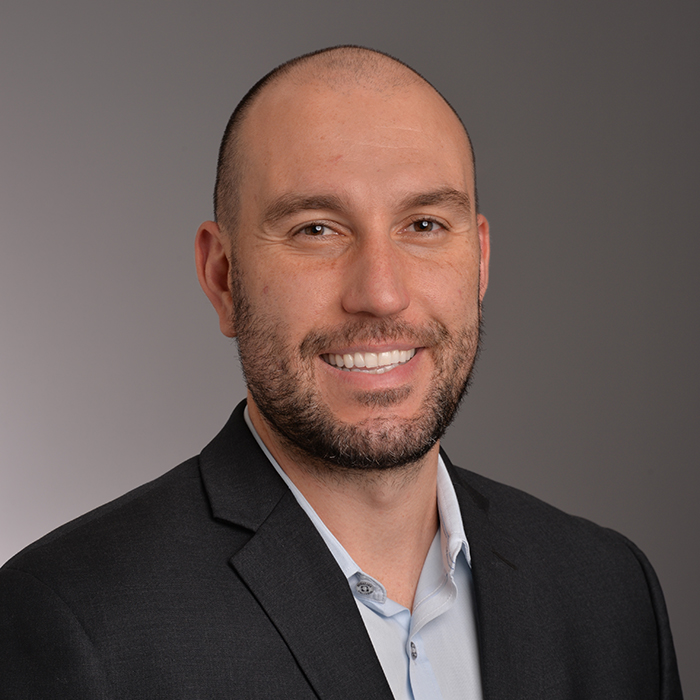Education
Ph.D., Kinesiology, University of Maryland, 2016
M.A., Kinesiology, University of Maryland, 2011
B.S., Kinesiology, University of Maryland, 2009
Assistant Professor

Ph.D., Kinesiology, University of Maryland, 2016
M.A., Kinesiology, University of Maryland, 2011
B.S., Kinesiology, University of Maryland, 2009
Exercise Physiology
Muscle Physiology
Skeletal Muscle Biology (Regeneration and Myogenesis)
Neuromuscular Diseases
Intracellular Pathways
Davi Mázala began his academic journey in 2004 in Brazil before completing a Bachelor’s degree in Kinesiology at the University of Maryland in 2007. He went on to earn both his M.A. and Ph.D. at the same institution, where his research centered on understanding the underlying mechanisms contributing to disease progression in different mouse models of neuromuscular diseases—such as Duchenne Muscular Dystrophy and ALS—and exploring how exercise and dietary interventions might improve muscle function and disease outcomes. After completing his doctoral studies, Dr. Mázala joined the Center for Genetic Medicine at Children’s National Medical Center in Washington, D.C., as an NIH postdoctoral research fellow. There, his work focused on the role of the satellite cell niche in skeletal muscle regeneration (regenerative myogenesis).
In 2020, he joined Towson University as an Assistant Professor in Exercise Science. His current research builds on his earlier work with neuromuscular disease models, aiming to develop new strategies to assess the effects of both acute and chronic exercise in various populations, including aging and muscular dystrophies. Overall, his primary research goal has always stayed the same: to use his knowledge about cellular, molecular, and whole-body physiology to improve people’s lives.
Novak JS, Lischin A, Uapinyoying P, Hindupur R, Moon YJ, Bhattacharya S, Tiufekchiev-Grieco S, Barone V, Mázala DAG, Gamu IH, Walters G. Failure to resolve inflammation contributes to juvenile onset cardiac damage in a mouse model of Duchenne muscular dystrophy. Cell Death & Disease. 2025 Jul 9;16(1):505.
Dondero KR, Siok DT, Zabriskie HA, Mázala DAG, Dobrosielski DA, Addison O & Landers-Ramos RQ. Acute Changes in Muscle Thickness and Quality Following Dynamic Bodyweight Exercise in Recreationally Trained Adults. Journal of Sport Rehabilitation. 2025 Mar 25;1(aop):1-7.
Mázala DAG, Fique M, Barton A, Kubitz KA, Dondero KR & Knuth ND. Effects of 12 months of kettlebell training on an individual with Myasthenia Gravis. Journal of Clinical Exercise Physiology. 2024 Jun 1;13(2):61-4.
Davidson ZE, Rodden G, Mázala DAG, Moore C, Papillon C, Hasemann AJ, Truby H & Grange RW. Practical Nutrition Guidelines for Individuals with Duchenne Muscular Dystrophy. In Regenerative Medicine for Degenerative Muscle Diseases (pp. 225-279). Springer New York. 2016."
Full list of publications:
https://pubmed.ncbi.nlm.nih.gov